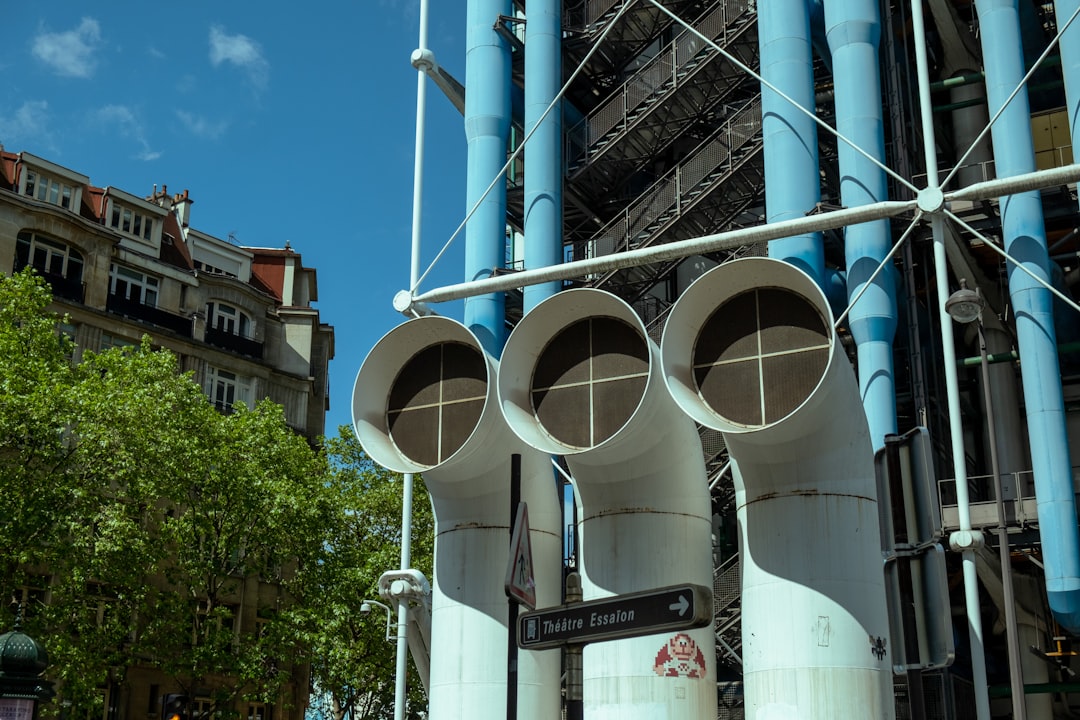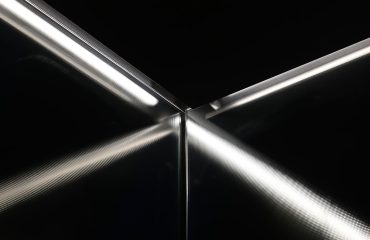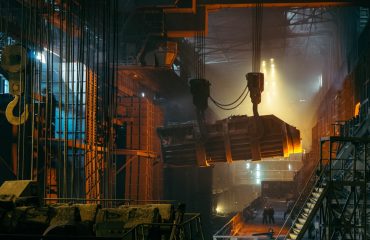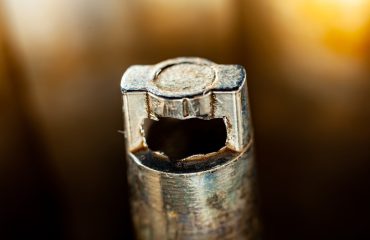body {
font-family: sans-serif;
line-height: 1.6;
}
h1, h2, h3 {
color: #333;
}
img {
max-width: 100%;
height: auto;
}
Waste heat recovery (WHR) is gaining significant traction as a sustainable solution to reduce energy consumption and carbon emissions. While various technologies are employed in WHR systems, a critical, often overlooked component is the piping system. The pipes themselves are the arteries of the system, responsible for transporting the recovered heat to its point of use. Understanding the intricacies of pipe selection, design, and maintenance is paramount for maximizing the efficiency and longevity of any WHR project.
1. Material Selection: Finding the Right Pipe for the Job
The choice of pipe material is crucial, dictated by factors such as the temperature and pressure of the recovered heat, the chemical composition of the heat transfer fluid, and the overall project budget. Several materials are commonly used:
- Stainless Steel: Offers excellent corrosion resistance and high-temperature capabilities, making it suitable for a wide range of applications. However, it can be more expensive than other options.
- Carbon Steel: A cost-effective choice for lower-temperature applications, but susceptible to corrosion, requiring protective coatings or linings in many WHR scenarios.
- Copper: Possesses excellent thermal conductivity, making it efficient for heat transfer. It’s also corrosion-resistant, but its cost can be a limiting factor.
- High-Density Polyethylene (HDPE): A lightweight, durable, and cost-effective option for lower-temperature, lower-pressure applications. Its flexibility allows for easier installation in complex configurations.
- Cross-Linked Polyethylene (PEX): Similar to HDPE but offers enhanced temperature and pressure resistance, making it suitable for a broader range of WHR applications.
The selection process often involves a thorough material compatibility assessment to ensure the pipe material won’t react negatively with the heat transfer fluid, leading to corrosion or degradation.
2. Pipe Design and Layout: Optimizing Heat Transfer and Minimizing Losses
The design and layout of the piping system are critical for efficient heat transfer and minimizing heat loss. Several factors must be considered:
- Pipe Diameter: Proper diameter selection is crucial to maintain optimal flow velocity and minimize pressure drop. Too small a diameter leads to increased pressure drop and potential energy loss; too large a diameter increases the surface area exposed to heat loss.
- Pipe Length: Minimizing pipe length reduces heat loss and pressure drop. Careful planning and routing are essential to optimize the system layout.
- Pipe Fittings and Valves: The use of appropriately sized and designed fittings and valves is crucial to avoid flow restrictions and pressure losses. Proper selection minimizes turbulence and pressure drops.
- Expansion Loops: Incorporating expansion loops accommodates thermal expansion and contraction of the pipes due to temperature fluctuations, preventing stress and potential leaks.
- Slope and Drainage: Proper slope is crucial to facilitate drainage and prevent the accumulation of condensate, which can lead to corrosion and system malfunction.
Sophisticated computational fluid dynamics (CFD) modeling can be used to optimize pipe design and layout for maximum efficiency.
3. Insulation: Preventing Heat Loss and Maximizing Efficiency
Insulating the pipes is crucial to minimize heat loss to the surroundings and maximize the efficiency of the WHR system. The choice of insulation material depends on the operating temperature and environmental conditions. Common insulation materials include:
- Fiberglass: A cost-effective option for lower-temperature applications.
- Mineral wool: Offers good thermal performance and fire resistance.
- Calcium silicate: Suitable for high-temperature applications.
- Polyurethane foam: Provides excellent thermal insulation and is often used in pre-insulated pipe systems.
The thickness of the insulation layer is determined by the desired level of heat loss reduction and the operating temperature. Proper installation is crucial to ensure the insulation’s effectiveness and to prevent heat bridges.
4. Maintenance and Monitoring: Ensuring Long-Term Performance
Regular maintenance and monitoring are essential for ensuring the long-term performance and efficiency of the WHR piping system. This includes:
- Visual Inspections: Regular visual inspections to detect any signs of leaks, corrosion, or damage to the pipes or insulation.
- Pressure Testing: Periodic pressure testing to identify any leaks or weaknesses in the system.
- Fluid Analysis: Regular analysis of the heat transfer fluid to detect any signs of contamination or degradation.
- Cleaning and Flushing: Periodic cleaning and flushing of the piping system to remove any accumulated debris or contaminants.
<liThermal Imaging: Using thermal imaging cameras to detect areas of heat loss, which can indicate insulation damage or other problems.
Implementing a comprehensive maintenance program can significantly extend the lifespan of the WHR piping system and maintain its efficiency.
5. Advanced Technologies and Future Trends
The field of WHR is constantly evolving, with ongoing research and development focused on improving the efficiency and effectiveness of piping systems. Some promising trends include:
- Smart Pipes: Incorporating sensors and data logging capabilities into the pipes to monitor pressure, temperature, and flow rates in real-time, enabling predictive maintenance and optimized system operation.
- Advanced Materials: The development of new materials with enhanced thermal conductivity, corrosion resistance, and durability, leading to more efficient and longer-lasting piping systems.
- Improved Insulation Technologies: Research on new insulation materials and techniques to further minimize heat loss and improve energy efficiency.
- Integration with AI and Machine Learning: Using AI and machine learning to optimize the design, operation, and maintenance of WHR piping systems, leading to greater efficiency and reduced energy consumption.
These advancements promise to make WHR increasingly cost-effective and environmentally friendly, contributing significantly to a more sustainable future.
In conclusion, the piping system is a crucial component of any waste heat recovery project. Careful consideration of material selection, design, insulation, and maintenance practices is essential for maximizing efficiency and ensuring the long-term success of these vital sustainability initiatives.
Tags: Waste Heat Recovery, WHR Pipes, Pipe Insulation, Heat Transfer, Sustainable Energy




